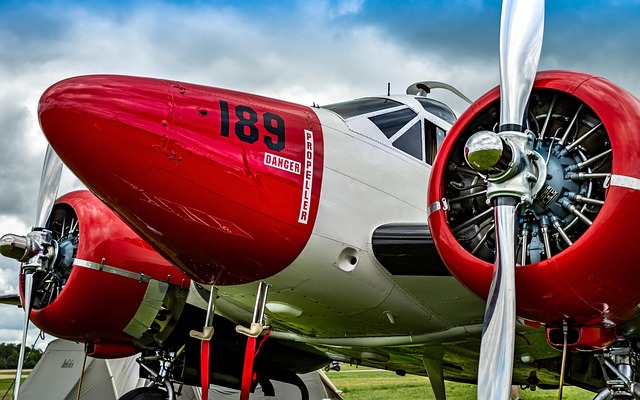In today’s rapidly evolving technological landscape, the concept of digital twins stands at the forefront of innovation, significantly transforming the way we approach control systems in various industries. A digital twin is essentially a virtual representation of a physical object, system, or process that is designed to simulate its performance in real-time. This technological marvel opens up a realm of possibilities, especially when integrated with robotics, artificial intelligence, and business automation.
At the heart of this transformation lies robotics. The integration of digital twins with robotics enables businesses to create virtual prototypes of physical robots. Imagine being able to test and optimize robotic systems in a virtual environment before deploying them on the factory floor. This not only enhances efficiency and precision but also reduces the risks associated with physical testing. Manufacturers can leverage digital twins to predict maintenance needs, streamline operations, and minimize downtime—all of which are crucial for maintaining a competitive edge in today’s market.
Artificial intelligence plays a pivotal role in amplifying the impact of digital twins on control systems. By feeding historical data into AI algorithms, organizations can enact predictive analytics that are critical for informed decision-making. For instance, in smart cities, digital twins powered by AI can optimize traffic flow by analyzing real-time traffic patterns and rerouting vehicles accordingly. This not only improves efficiency but enhances the overall quality of life for residents. With AI’s ability to adapt and learn from data, digital twins can continuously evolve, providing insights that help businesses stay agile amid changing market conditions.
Moreover, automatisation in business takes on a new dimension when combined with digital twins. In the age of Industry 4.0, organizations are increasingly adopting automated solutions to drive productivity. Digital twins facilitate this shift by enabling real-time insights into processes, allowing businesses to automate mundane tasks while focusing on strategic growth areas. For instance, a retail company can employ digital twins of their supply chain to automate inventory management, ensuring they always have the right products available without overstocking. This level of automation not only frees up human resources but also ensures operational excellence.
Furthermore, the synergy between digital twins, robotics, and artificial intelligence encourages innovation across sectors. Companies are empowered to experiment with their processes in a simulated environment, allowing them to innovate rapidly without the associated costs and risks. Industries such as healthcare can utilize digital twins to track patient health metrics in real time, aiding in personalized treatment plans and improving patient outcomes.
As we delve deeper into the fascinating world of digital twins, the impact on control systems becomes increasingly clear. The interplay between digital twins, robotics, AI, and business automation is not just a fleeting trend but a paradigm shift. Businesses willing to embrace this change are set to unlock unprecedented potential, driving growth and efficiency while paving the way for a more automated, intelligent future. Understanding this technology is not just about keeping up with industry trends; it’s about staying ahead of the curve in a world where digital transformation is becoming the norm.




